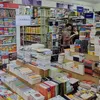50 artists, 120 artworks: Kala for Vidya exhibition showcases art diversity in its education fundraiser
In our second photo essay from the exhibition at Conrad Bengaluru organised by Rotary Club, we feature more artworks and curator insights.
Launched in 2014, PhotoSparks is a weekly feature from YourStory, with photographs that celebrate the spirit of creativity and innovation. In the earlier 750 posts, we featured art festival, cartoon gallery. world music festival, telecom expo, millets fair, climate change expo, wildlife conference, startup festival, Diwali rangoli, and jazz festival.
On the occasion of International Women’s Day, the Rotary Club of Bangalore held an art exhibition at the Conrad Hotel. The 17th edition of the club's flagship event, called Kala for Vidya, also raised funds for the school Rotary Bangalore Vidyalaya (see Part I of our coverage here, and photo essays on the 2022 edition).

There were 50 participating artists from all over India, with 120 artworks exhibited.
“The artworks ranged in price from Rs 10,000 to Rs 3.5 lakh,” Rotarian Sridhar Chari, CEO of Linkers Buying Service, tells YourStory.
“This edition of Kala for Vidya features contemporary expressions in a variety of materials alongside traditional and classical themes and styles of painting. The artworks form a tangible mode to discern parallels and variances between the past and the present and establish a way to connect to our roots,” curator Nalini Malaviya explains.
Chari traces the roots of the annual exhibition back to the year 2005, when the Rotary Club of Bangalore was looking for regular fundraising for educating, feeding and clothing the school children at Rotary Bangalore Vidyalaya.
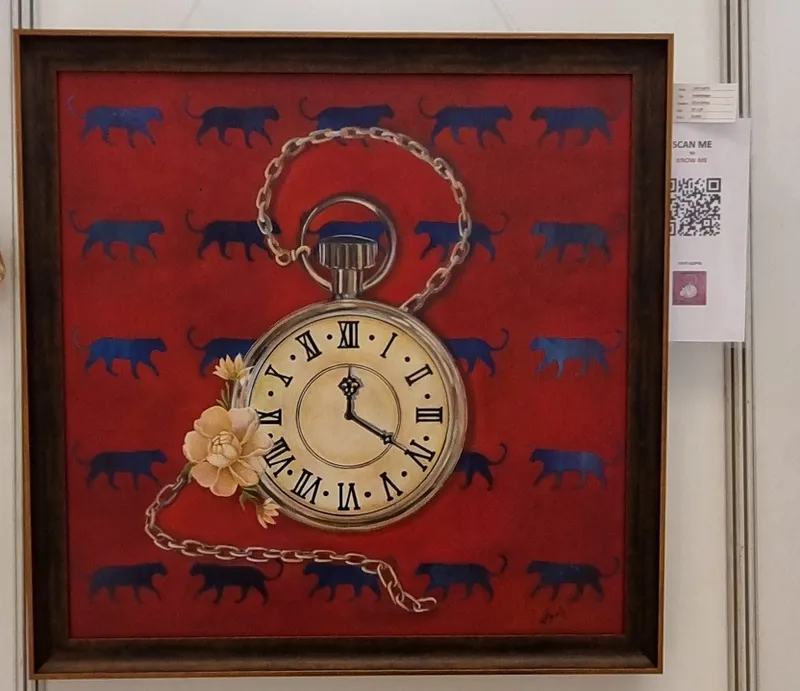
“The idea of Kala for Vidya was born with the twin aim of supporting these children from lower income group families as well as a platform for showcasing emerging artists who do not have the right connections or resources to showcase their work,” Chari recalls.
“Each brushstroke in the fundraising exhibition’s artworks contributes to the bright future of deserving school children,” says Nalini Nanjundayya, President, Rotary Club of Bangalore.
“Purpose is a strong pillar behind everything we do. This partnership is a testament to our commitment in giving back to the community,” remarks Digvijay Singh, General Manager, Conrad Bengaluru.
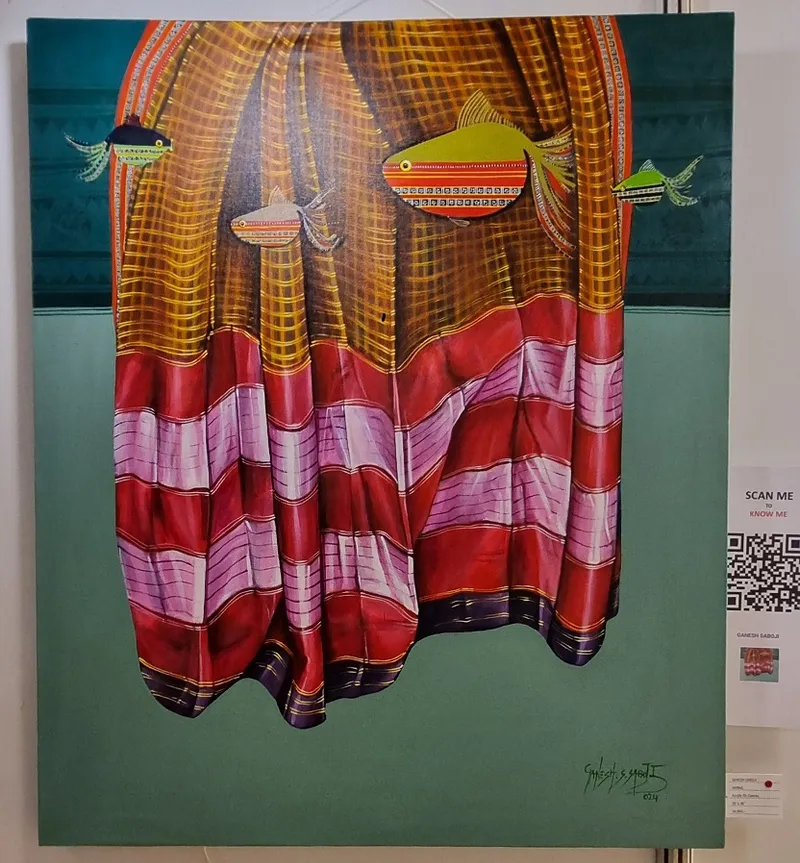
The exhibition featured prominent artists such as Ankon Mitra (metal work), Sachin Tedke (fabricano paper works), Ravikumar Kashi (fibre sculpture), Karan Singh (pichwai art), and Shivani Agarwal (acrylic and thread on handmade paper). Artists whose works sold very well were Ashok Bhandare, Ashok Nellagi, Sasi Kumar, Madhu Kumar, Jyoti Gupta, and Ganesh Saboji.
The annual exhibition has also been free for the public to attend.
“Over the years, many artists have shown eagerness to participate,” says Chari, whose team members include Ajnabh Kiev, Divya Ponappa and Raji Hari.
He is proud of the achievements of this year’s show.
“The digital catalogue was downloaded over a thousand times in the first two days of the event. The exhibition attracted viewers of all ages. And many new artists were showcased,” says Chari proudly.
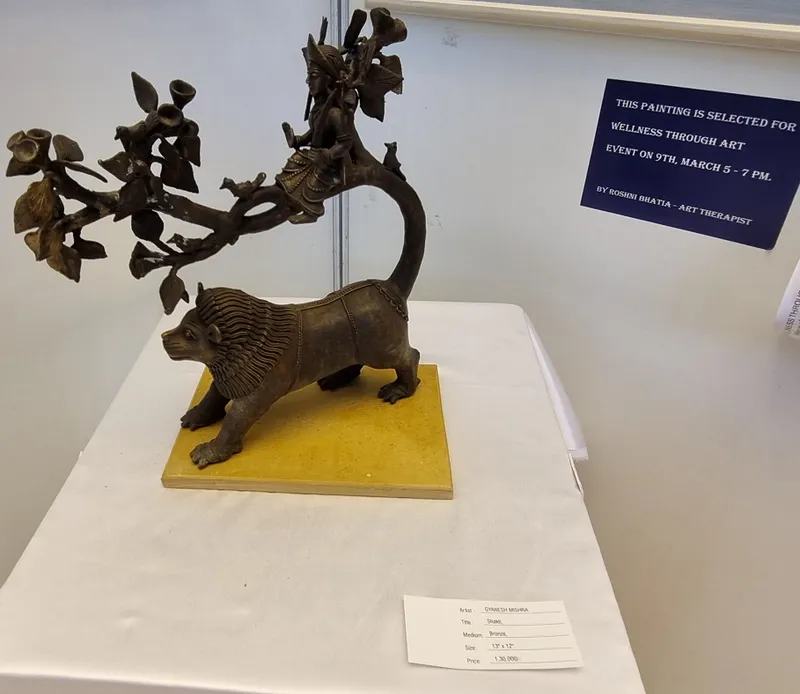
Older art forms such as block printing were displayed, along with newer features such as QR-coded interpretations and future perspectives using AI.
“We connected art to wellness through a workshop and interactive questionnaires,” he adds.
“Art can be of very high therapeutic value if selected correctly. It can help reduce stress and strain at the mental level by just losing oneself in the artwork,” Chari explains.
“Selecting the right painting can prove to be a mirror into your inner self,” he says.
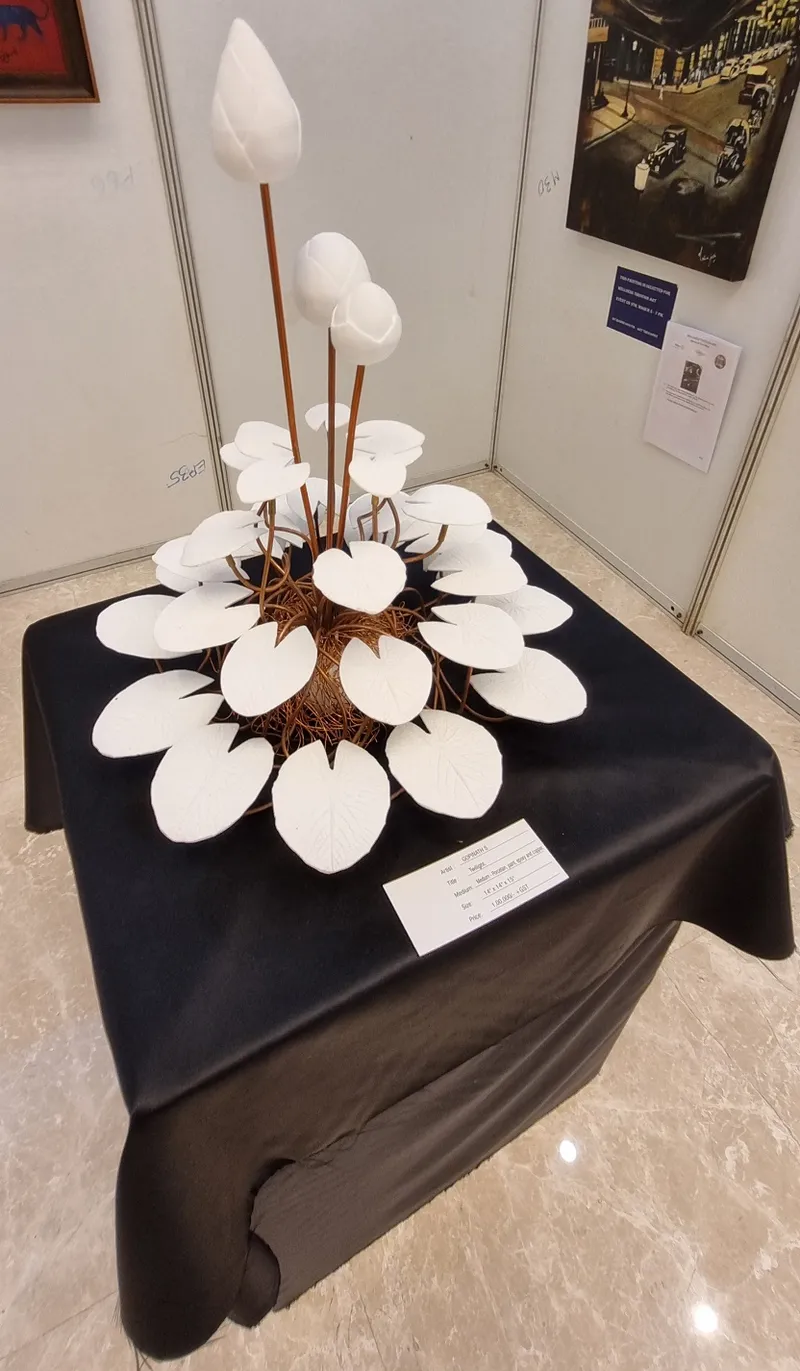
In this photo essay, we showcase the works of Anand Bedrala, Ganapati Hegde, Ganesh Saboji, Gopinath S, Gurudas Shenoy, Gyanesh Mishra, Jyoti Gupta, Karan Singh, M Sashi Kumar, and Madhu Kumar.
We also feature some works by Manisha Gopinath, Manjunath Wali, Nalini Joshi, Nandabasappa Wade, Rudragaud Indi, Shirish Deshpande, Shivani Aggarwal, Vasu Mandem, and Venugopal VG.
Other novel features at the exhibition were a 14-year-old youth paying harmonica.
“We also gave exposure to a young team doing live caricature, which was a big hit,” he recalls.
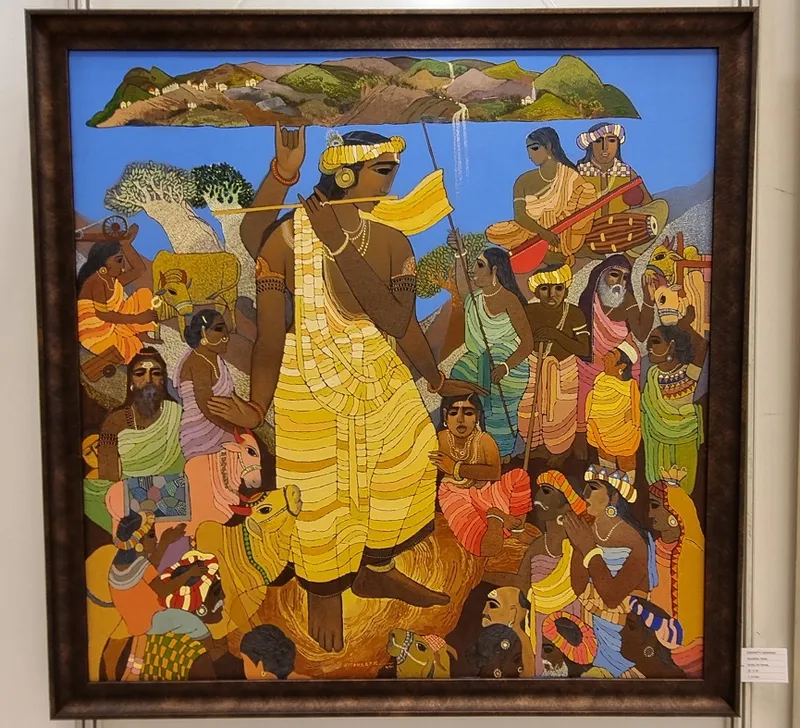
The overall audience feedback was “overwhelming, stupendous, mind-boggling, invigorating, and amazing,” Chari enthuses.
He calls for art exhibitions to become more dynamic and move beyond archaic ways of presentation. “A dynamic interweaving of audience interaction is important. Activities should bring people closer to the art to enable them to realise the intricacies and the time and pain it takes to create a good artwork,” he emphasises.
More senses should be engaged to improve the art viewing and understanding experience.
“We are planning on enhancing all five senses of perception in our next edition of Kala for Vidya,” says Chari.
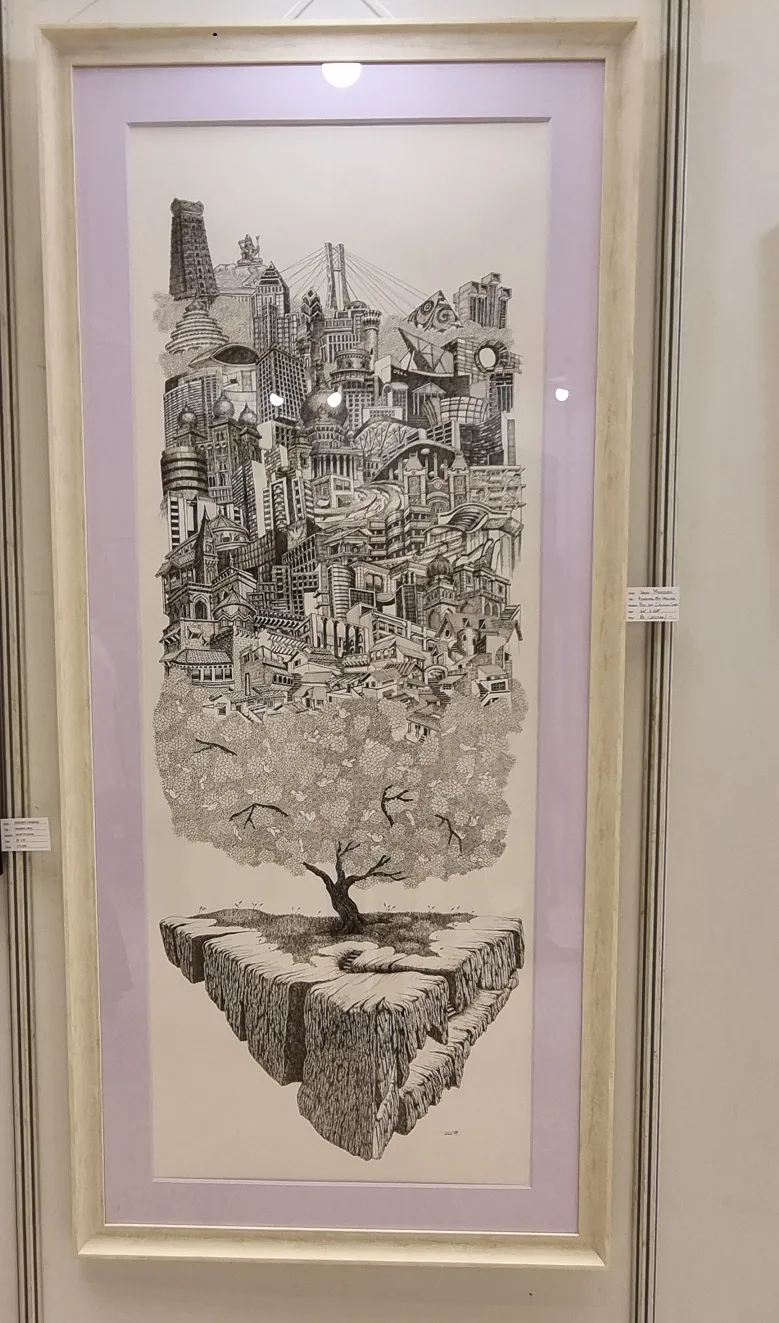
Art leaves deep imprints in our brain.
“Right from the moment of birth, we are continuously fed with images, sounds and smells. We grow up with these associations – some pleasant and others unpleasant,” says Chari.
“Art offers the possibility to go into oneself, and be in a state of Oneness, which was theme of this year’s show,” he explains.
He advises aspiring artists to continue experimenting in their journey. This involves exploring new mediums, subjects, themes, ideas, and representations.
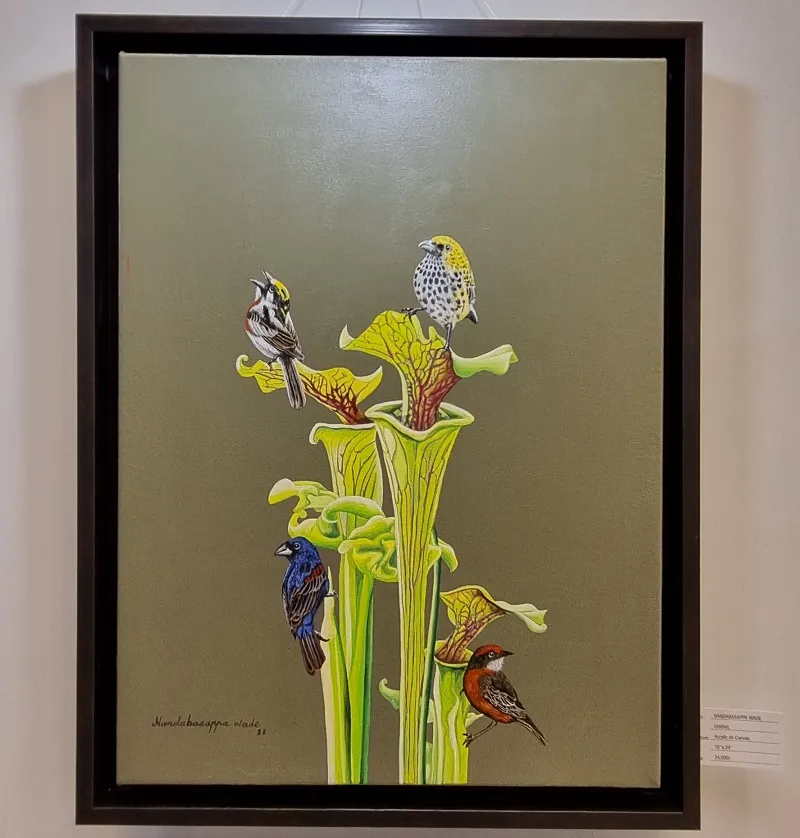
“Go beyond the cookie-cutter approach and continuously recreate yourself anew,” he urges.
“We also need a publication or magazine that can connect new and younger audiences to art. Entry-level art enthusiasts should be shown how to understand the language of art, appreciate the work of artists, and buy art,” Chari signs off.
Now what have you done today to pause in your busy schedule and harness your creative side for a better world?
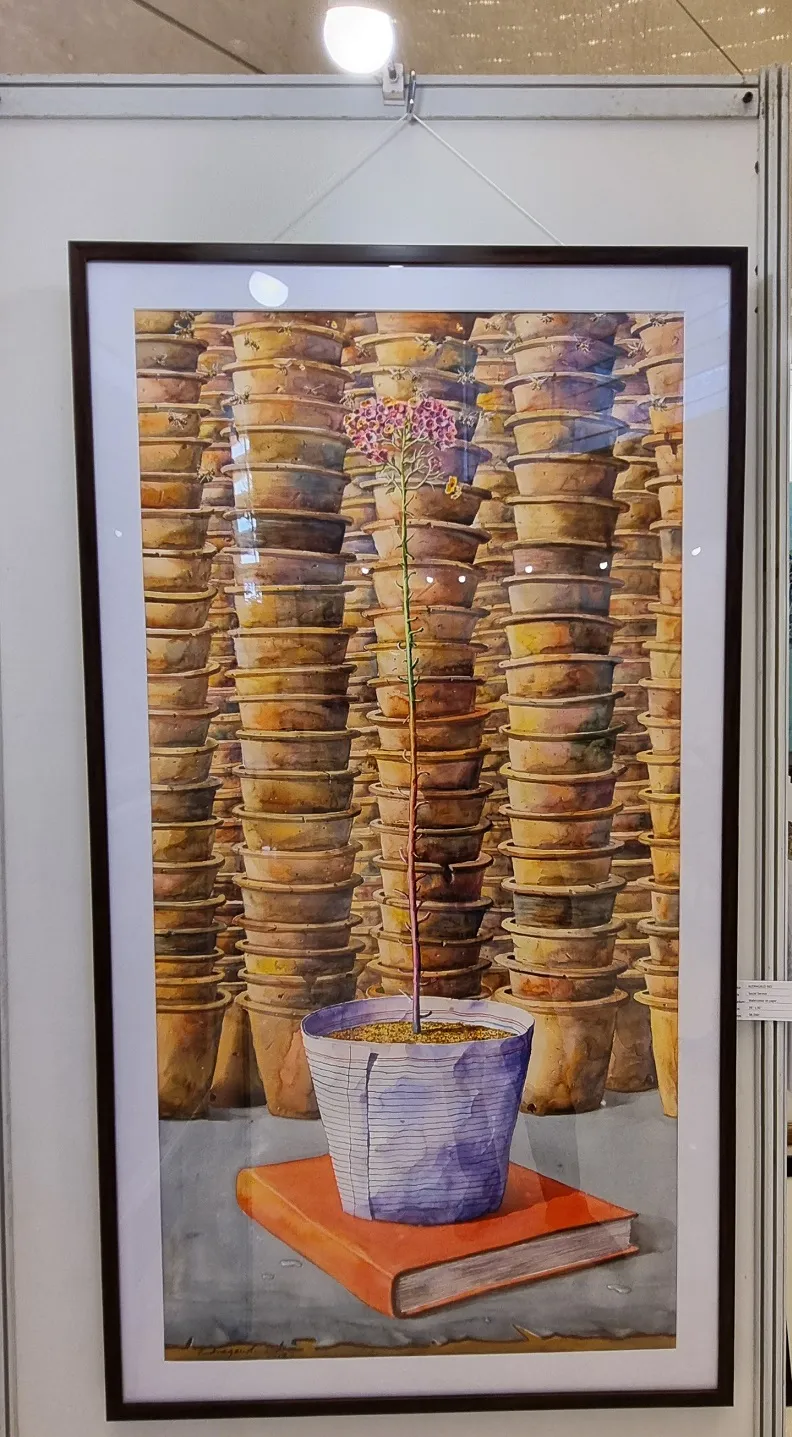
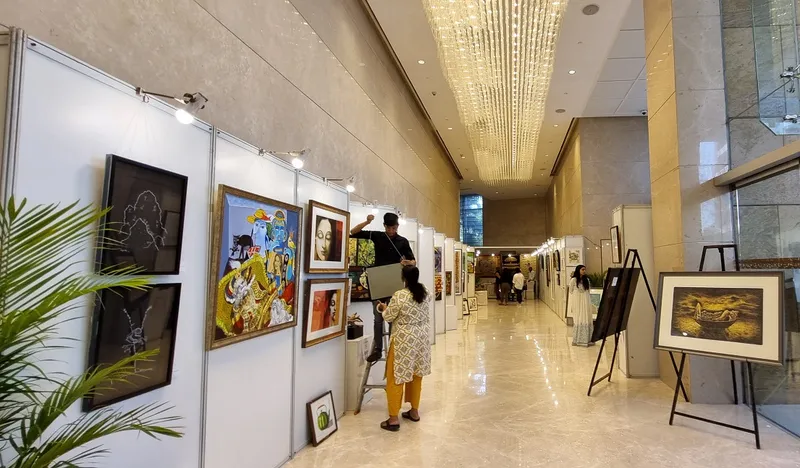
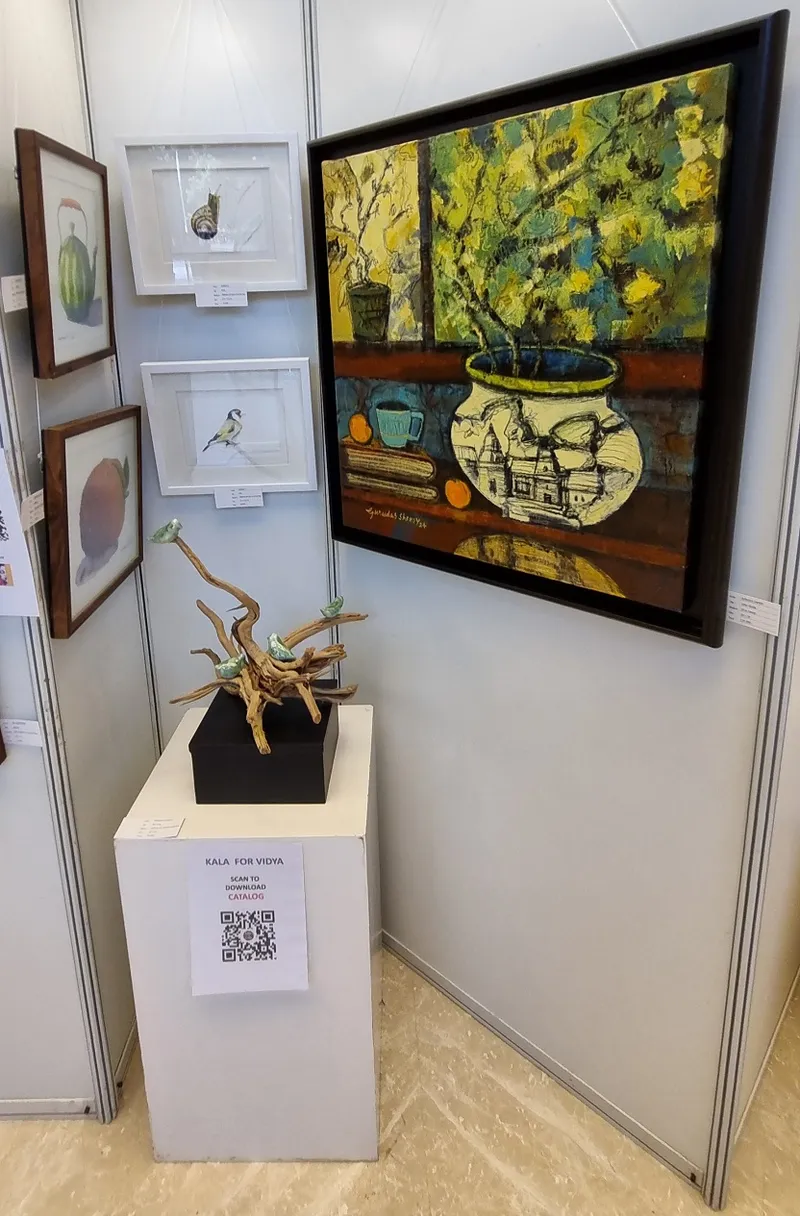
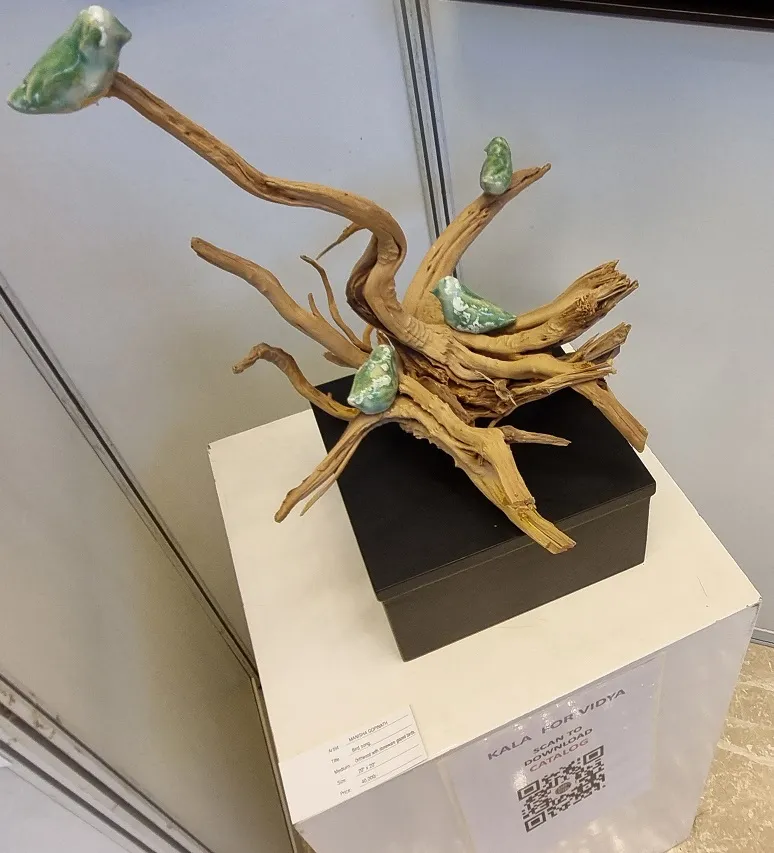
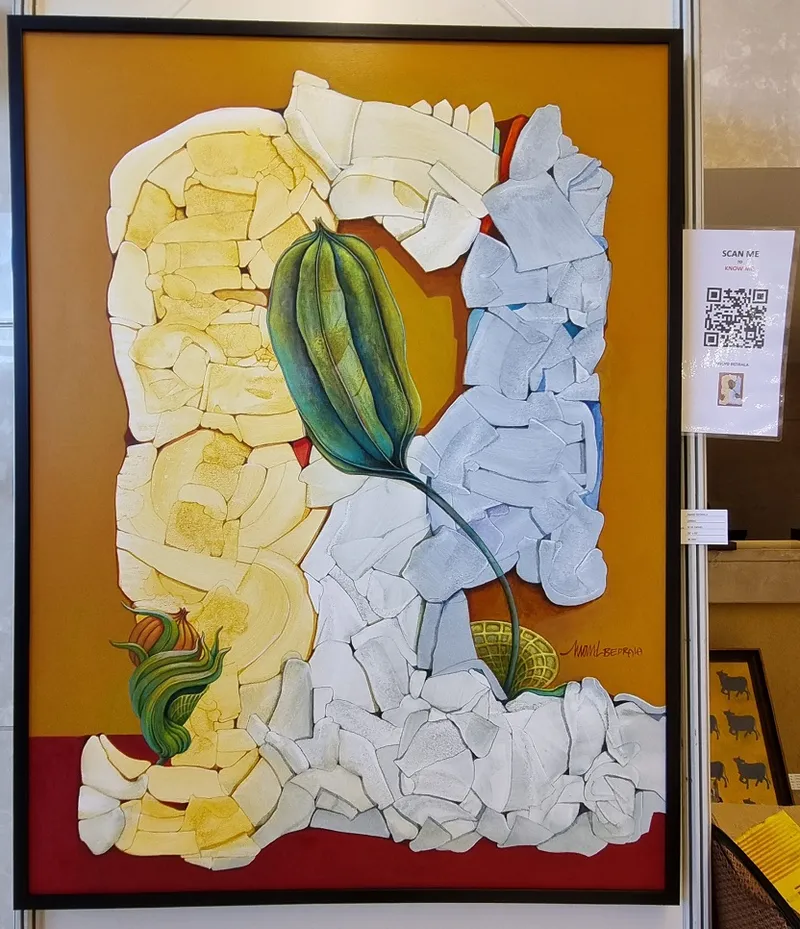
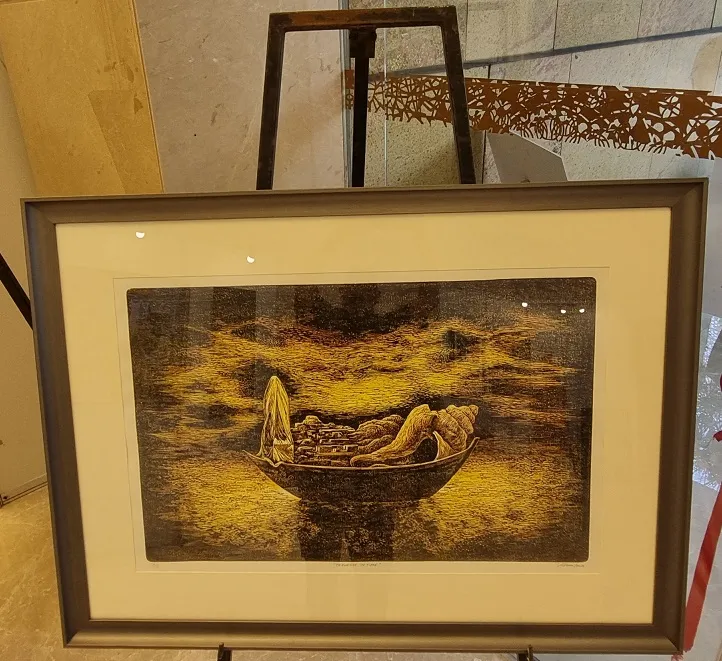
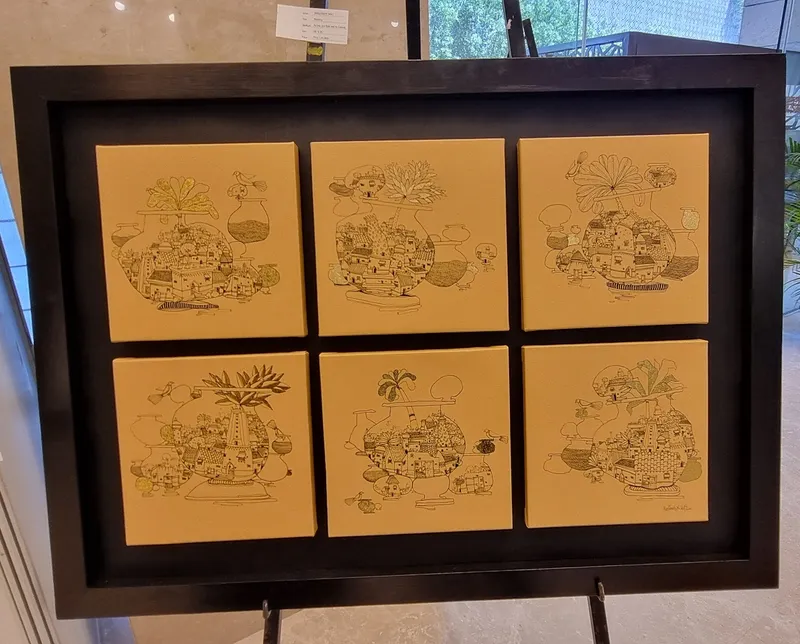
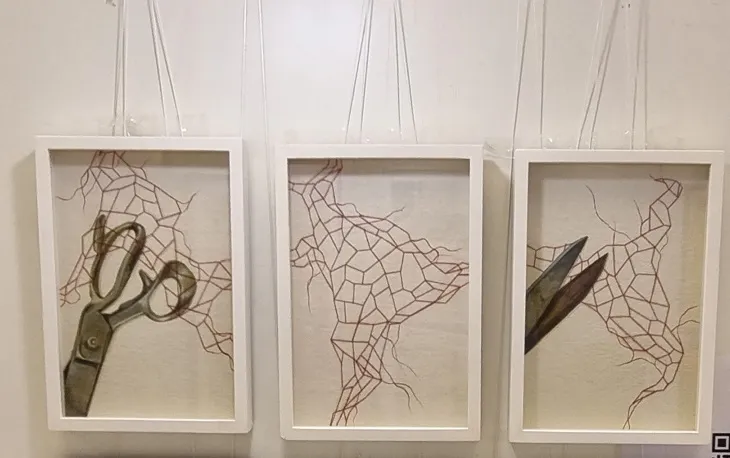

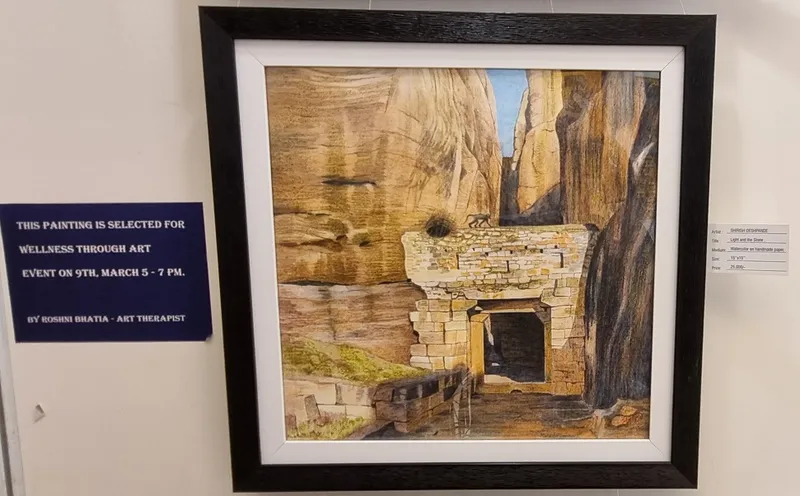
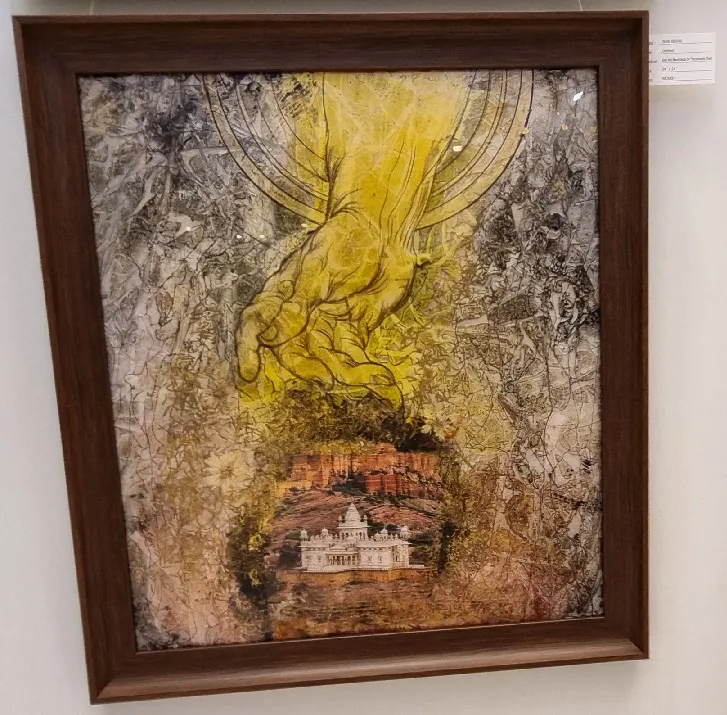
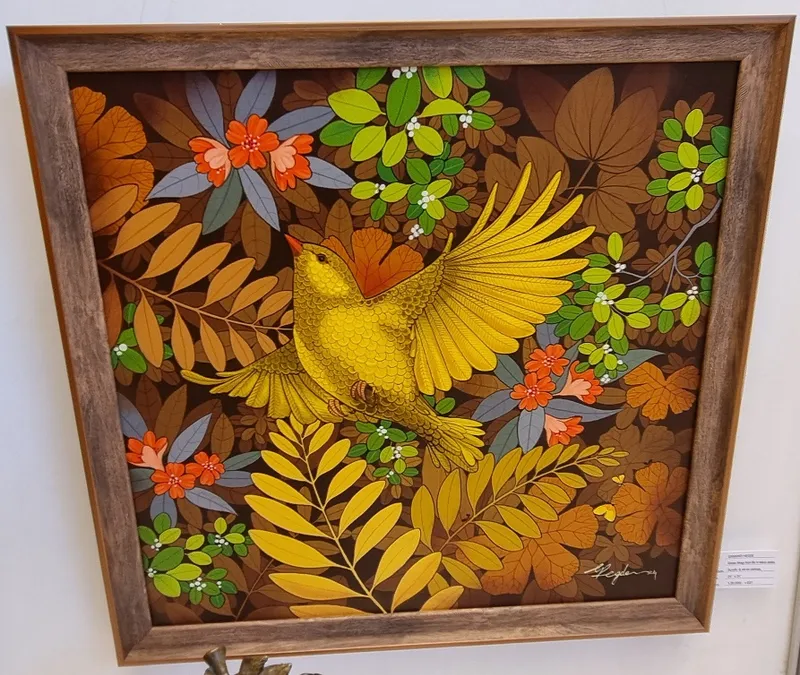
(All photographs were taken by Madanmohan Rao on location at the exhibition.)
Edited by Swetha Kannan




